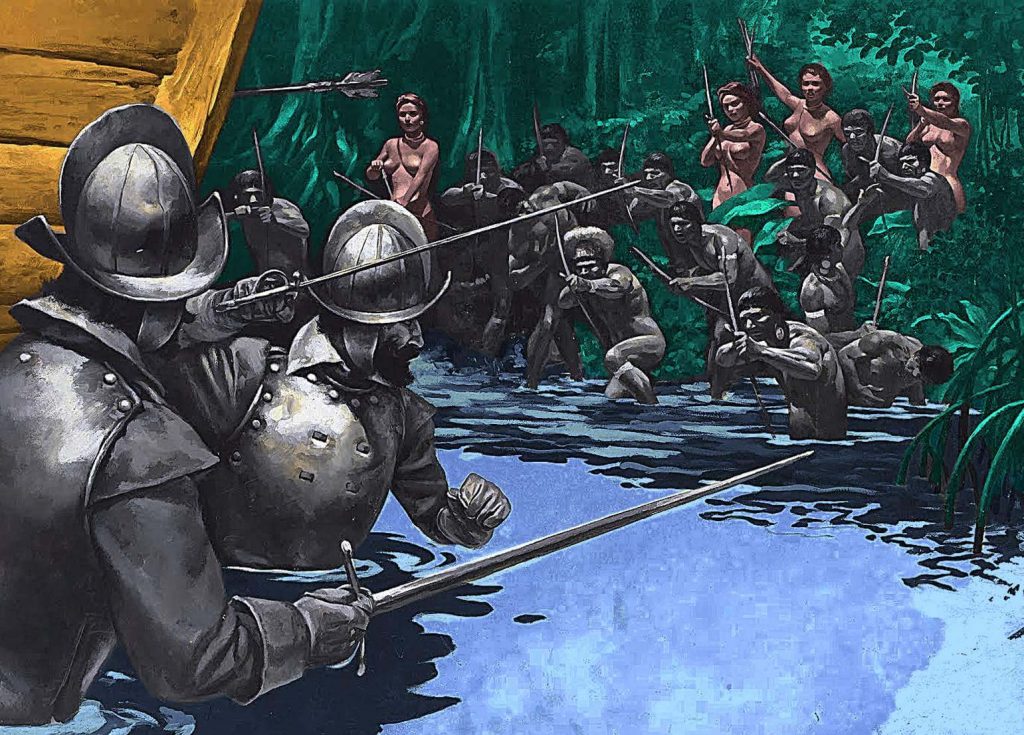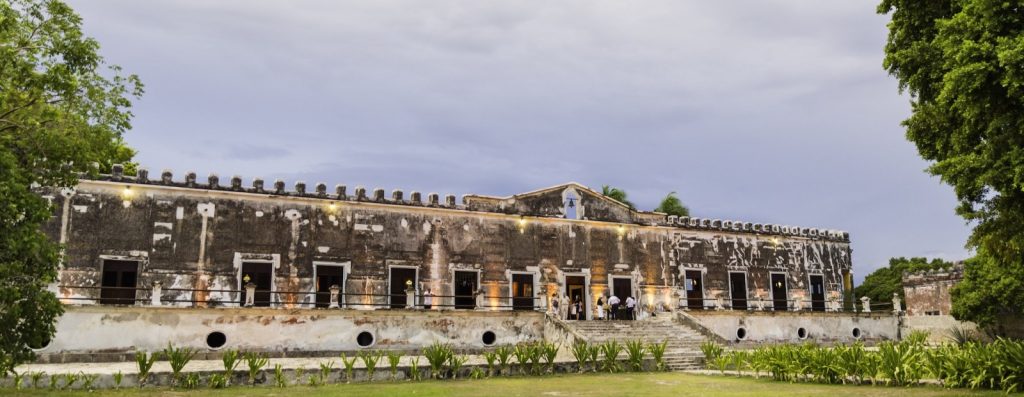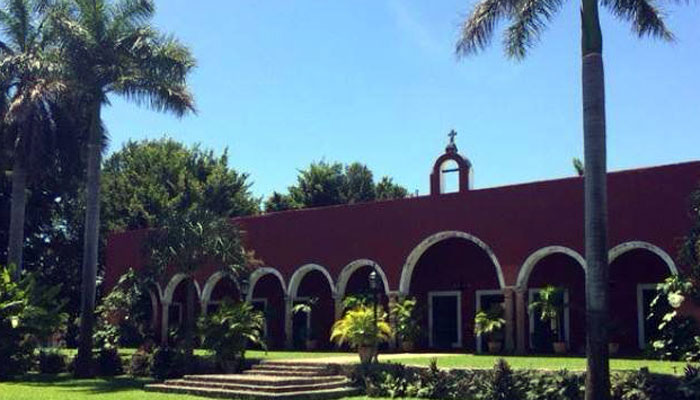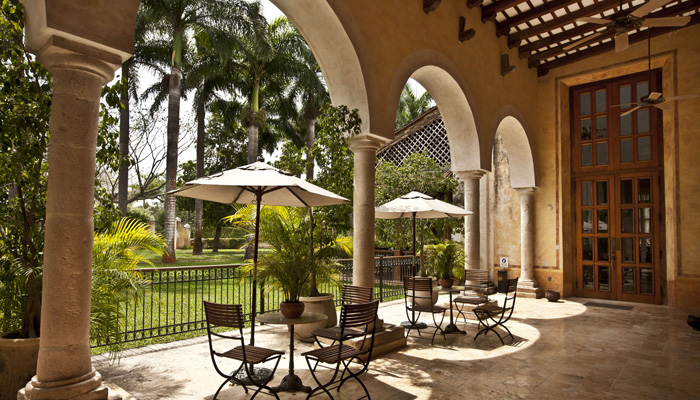Yucatan has a great history to its credit, it is not only the cradle of the Maya Culture, which is still alive among its inhabitants; but it is also the region where the meteorite that caused the disappearance of the dinosaurs fell, giving rise to the Chicxulub Crater. It was also a key place in the history of Mexico.
Around the year 1520, after the arrival of the Spaniards to the State, and when they did not find gold and silver as they were looking for in the peninsula, with the prospects of new land concessions and the ease of obtaining labor, the Europeans made their first efforts to establish themselves in the region, thus giving rise to the origin of the haciendas.

During the first years of the colonial era, the now-famous haciendas were rooms assigned to the Spanish encomenderos, which grew in size and number, and were located in regions increasingly remote from the important populations; but its main activity was the production of cattle. During the nineteenth century many of the corn-cattle ranches, especially those around Mérida, were transformed into haciendas henequeneras.
Built between the seventeenth and nineteenth centuries, the haciendas are considered architectural treasures of Yucatán, thanks to the fact that the vast majority of them preserve their original architecture, allow us to travel a little through time and live in our own flesh a unique experience through the history of the region.

La Hacienda Yaxcopoil, which in Maya means “place of green poplars” was founded in the seventeenth century, just over 30 kilometers from Merida, in the town of Uman. It is one of the most emblematic haciendas for its conservation, size, and location right in the center of the Mayan world.
At its peak, the hacienda had 11,000 hectares, positioning itself as one of the largest in Yucatan. Today, its area has been reduced to less than 3% of its former surface.

Founded in 1683, located about 15 minutes from Mérida, Hacienda San Ildelfonso Teya began as an agricultural and cattle ranch. At the beginning of the 20th century, it was positioned as one of the most important haciendas in the henequen industry.

The Hacienda Poxilá has clear antecedents of the tax era where livestock and cornstarch were worked, it was rescued in 1954 by Don Julio Laviada, who restored it with a colonial style, integrating with success, the extensions of the henequen period. It keeps its engine room almost intact, leaving details of the time that help us imagine what life and work were like.

Located in the Northwest of Mérida, Hacienda Chenkú preserves spacious interiors and a monumental arcade with a unique stately air. Its name comes from the Mayan language “Pozo de Dios” or “Sacred Well”, and its first records date back to 1710, where it was described as a site populated with cattle and beehives, now it is a very popular venue to carry out events of all type.

Currently converted into one of the most exclusive hotels in Yucatán, Hacienda Xcanatún begins its history in the 18th century. Built on the ruins of pre-Columbian Mayan settlements, the buildings have an eclectic design mixing their original colonial architecture with their restoration in the early 20th century.
The word Xcanatún comes from the Mayan language and means “high stone” or “high stone”. It is located just 5 minutes from Merida.
Like other haciendas of its time, Xcanatún began as a hacienda with agricultural and livestock purposes, to later become henequen at the beginning of the 19th century.
After several years of abandonment and the passage of Hurricane Gilberto that left the construction practically in ruins, in 1993 it was acquired by its current owners, who were restoring it for six years taking care of the smallest detail trying to rescue its essence and originality to make it what it is today, a mandatory stop to learn about the history of Yucatan.


